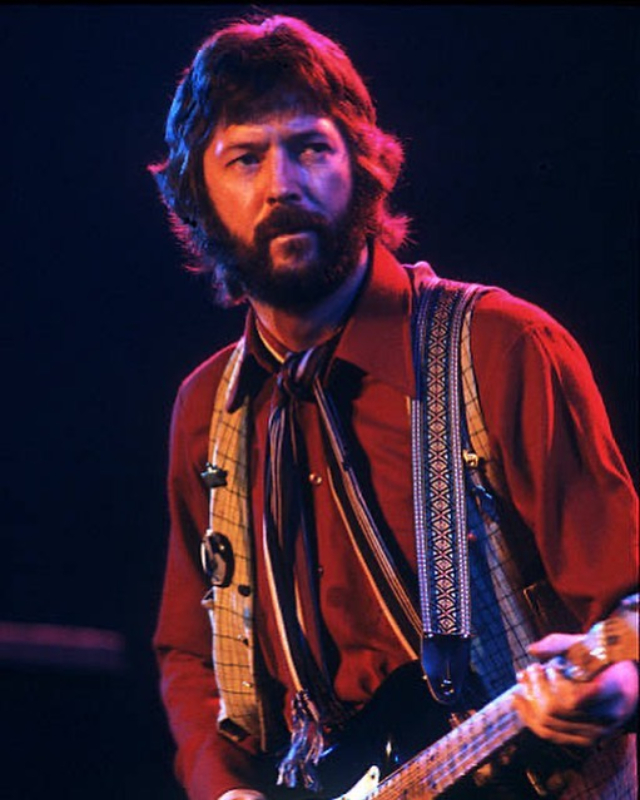The Eiffel Tower was built to be the entrance to the 1889 World’s Fair in Paris. Construction was started by Gustave Eiffel’s company in January 1887 and completed in March 1889.
On March 31, 1889, the Eiffel Tower is dedicated in Paris in a ceremony presided over by Gustave Eiffel, the tower’s designer, and attended by French Prime Minister Pierre Tirard, a handful of other dignitaries, and 200 construction workers.
At the opening of the World’s Fair, the elevators were not completed, however, so Gustave Eiffel ascended the tower’s stairs with a few hardy companions and raised an enormous French tricolor on the structure’s flagpole. Fireworks were then set off from the second platform. Eiffel and his party descended, and the architect addressed the guests and about 200 workers. In early May, the Paris International Exposition opened, and the tower served as the entrance gateway to the giant fair.
The Eiffel Tower remained the world’s tallest man-made structure until the completion of the Chrysler Building in New York in 1930. Incredibly, the Eiffel Tower was almost demolished when the International Exposition’s 20-year lease on the land expired in 1909, but its value as an antenna for radio transmission saved it. It remains largely unchanged today and is one of the world’s premier tourist attractions.
 |
| Crowds walking under the base of the Eiffel Tower while attending the Universal Expostion in Paris, 1889, looking toward the Central Dome. |
 |
| View from the Eiffel Tower on the central dome on the Champ de Mars, 1889. |
 |
| March 31, 1889: Eiffel Tower is opened in Paris. Built for the Exposition Universelle, at 300m high it retained the record for the tallest man made structure for 41 years. |



















































.jpg)



